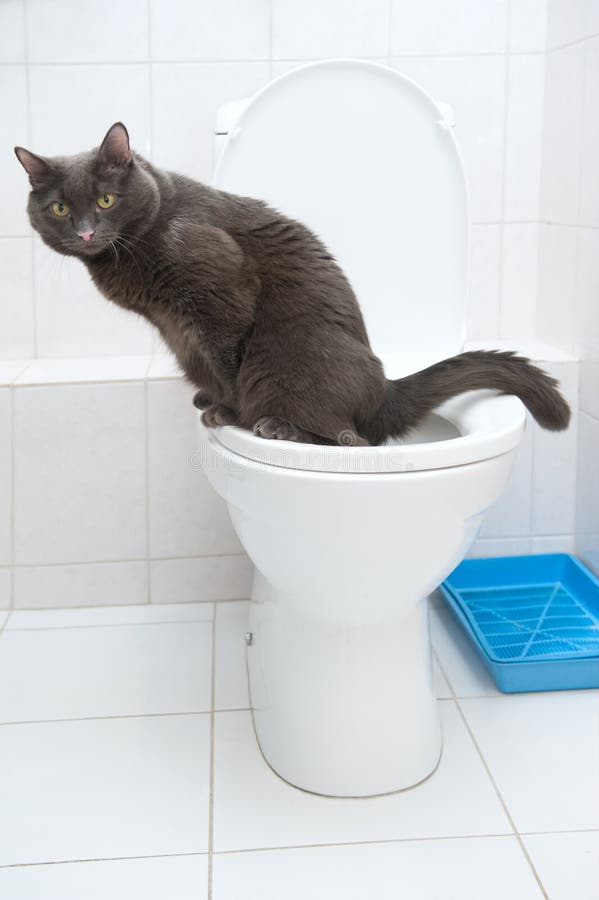They are making a few good observations related to Can You Flush Cat Poop Down The Toilet? in general in this great article further down.

Intro
As pet cat proprietors, it's vital to bear in mind just how we throw away our feline close friends' waste. While it might appear practical to flush cat poop down the commode, this technique can have detrimental effects for both the setting and human health and wellness.
Environmental Impact
Purging pet cat poop introduces hazardous virus and bloodsuckers into the water, posturing a substantial threat to aquatic communities. These impurities can adversely impact aquatic life and compromise water top quality.
Health Risks
Along with environmental problems, flushing pet cat waste can likewise pose health and wellness risks to people. Pet cat feces may consist of Toxoplasma gondii, a bloodsucker that can cause toxoplasmosis-- a possibly extreme illness, especially for expectant females and individuals with weakened immune systems.
Alternatives to Flushing
The good news is, there are more secure and more responsible methods to throw away pet cat poop. Consider the following alternatives:
1. Scoop and Dispose in Trash
The most common method of dealing with cat poop is to scoop it into a biodegradable bag and toss it in the garbage. Make certain to utilize a specialized trash scoop and dispose of the waste promptly.
2. Usage Biodegradable Litter
Select naturally degradable cat clutter made from materials such as corn or wheat. These litters are eco-friendly and can be safely dealt with in the garbage.
3. Bury in the Yard
If you have a backyard, think about burying feline waste in a designated location away from veggie gardens and water resources. Be sure to dig deep sufficient to stop contamination of groundwater.
4. Set Up a Pet Waste Disposal System
Buy an animal garbage disposal system specifically created for pet cat waste. These systems use enzymes to break down the waste, minimizing smell and environmental effect.
Verdict
Liable pet ownership prolongs past providing food and shelter-- it likewise includes correct waste management. By refraining from flushing feline poop down the bathroom and selecting different disposal approaches, we can lessen our ecological impact and secure human health and wellness.
Why Can’t I Flush Cat Poop?
It Spreads a Parasite
Cats are frequently infected with a parasite called toxoplasma gondii. The parasite causes an infection called toxoplasmosis. It is usually harmless to cats. The parasite only uses cat poop as a host for its eggs. Otherwise, the cat’s immune system usually keeps the infection at low enough levels to maintain its own health. But it does not stop the develop of eggs. These eggs are tiny and surprisingly tough. They may survive for a year before they begin to grow. But that’s the problem.
Our wastewater system is not designed to deal with toxoplasmosis eggs. Instead, most eggs will flush from your toilet into sewers and wastewater management plants. After the sewage is treated for many other harmful things in it, it is typically released into local rivers, lakes, or oceans. Here, the toxoplasmosis eggs can find new hosts, including starfish, crabs, otters, and many other wildlife. For many, this is a significant risk to their health. Toxoplasmosis can also end up infecting water sources that are important for agriculture, which means our deer, pigs, and sheep can get infected too.
Is There Risk to Humans?
There can be a risk to human life from flushing cat poop down the toilet. If you do so, the parasites from your cat’s poop can end up in shellfish, game animals, or livestock. If this meat is then served raw or undercooked, the people who eat it can get sick.
In fact, according to the CDC, 40 million people in the United States are infected with toxoplasma gondii. They get it from exposure to infected seafood, or from some kind of cat poop contamination, like drinking from a stream that is contaminated or touching anything that has come into contact with cat poop. That includes just cleaning a cat litter box.
Most people who get infected with these parasites will not develop any symptoms. However, for pregnant women or for those with compromised immune systems, the parasite can cause severe health problems.
How to Handle Cat Poop
The best way to handle cat poop is actually to clean the box more often. The eggs that the parasite sheds will not become active until one to five days after the cat poops. That means that if you clean daily, you’re much less likely to come into direct contact with infectious eggs.
That said, always dispose of cat poop in the garbage and not down the toilet. Wash your hands before and after you clean the litter box, and bring the bag of poop right outside to your garbage bins.
https://trenchlesssolutionsusa.com/why-cant-i-flush-cat-poop/

I am very drawn to How to Dispose of Cat Poop and Litter Without Plastic Bags and I hope you enjoyed the blog entry. Do you know another individual who is curious about the subject? Feel free to share it. We cherish reading our article about How to Dispose of Cat Poop and Litter Without Plastic Bags.
Rates